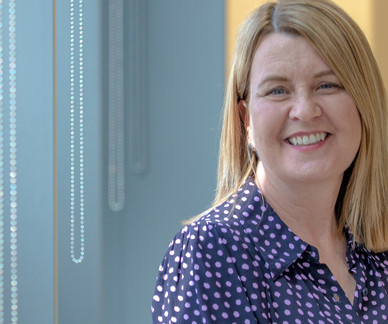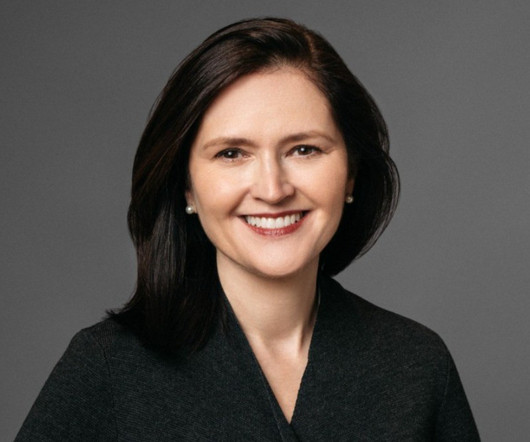A new chapter for RBC BlueBay Asset Management’s London-based fixed income trading desk
The TRADE
OCTOBER 26, 2023
While traders don’t have the authority to load up trades, outside of execution they are expected to collaborate with their portfolio managers to bring value add to the investment process by making suggestions around idea generation and execution. The trading team work closely in tandem with portfolio managers when preparing a strategy.













Let's personalize your content